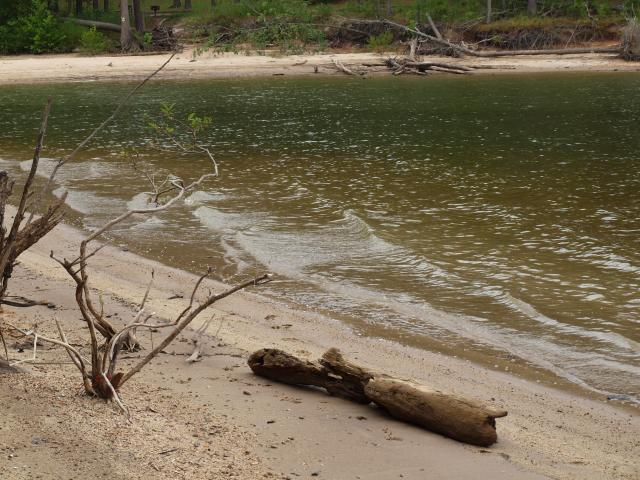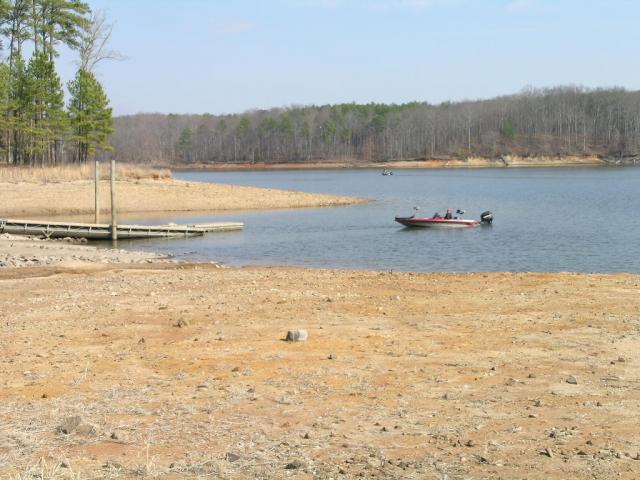One day it’s going to happen. You’ll be washing your hands at a campus sink or sipping from a campus water fountain and you’ll have the thought, “Where does this water come from anyway?” Ok, maybe you won’t find yourself asking that exact question…but since we want you to be prepared, we’ve gone ahead and researched the answers 🙂
Where does the water come from?
City of Raleigh, which supplies campus water, gets the majority of it’s drinking water from Falls Lake in North Raleigh. Raleigh also pulls up to 11 million gallons from Lake Benson and Lake Wheeler. Lake water levels rise and fall based on the amount of rain we get. A hot summer + little rain = bad news.
How does water get from a lake to a faucet on campus?
The water that is collected from the lakes and groundwater systems (wells) is piped to either the E.M. Johnson water treatment plant in northeast Wake county or the Dempsey E. Benton plant in southwest Wake County. The E.M. Johnson plant treats an average of 48 million gallons a day. Because most of Raleigh’s water is coming from surface water systems (lakes) as opposed to ground water systems (wells), more treatment is necessary due to its direct exposure to pollution and runoff caused by weather, development, agriculture and more. After your water has been treated, it is distributed via an underground network of pipes all over Raleigh. This water is monitored within the distribution lines to identify and remedy any problems such as water main breaks, pressure variations or growth of microorganisms. The City of Raleigh provides water to more than 450,000 people and manages approximately 2,500 miles of water lines. All drinking water must meet required health standards before it leaves the treatment plant, goes through the pipe system and comes out of your faucet.
What in the world is done to transform water like this (see photo below) into a clean glass of water?

In order to remove contaminants from the water, treatment plants typically use three processes, in order: coagulation (flocculation and sedimentation), filtration and disinfection. Coagulation removes dirt and other particles that are suspended through the water in a two-step process involving flocculation and sedimentation. The filtration stage is next, removing all particles from the water, such as microorganisms, clays, natural organic matter and iron. The final stage is disinfection, which ensures that dangerous microbial contaminants are killed using chlorine, chloramines, chlorinates or chlorine dioxides.
Will Raleigh run out of water?

Due to fears that Raleigh’s demand for water will be greater than our supply by 2040, our sources for water supply will be changing. At the moment Raleigh is considering three different options: pulling more water from Falls Lake, pulling water from below the Falls Lake dam and pulling water from the Neuse River. The decision will be made based on the economic and environmental effects of each option. Raleigh might also be extending our pipes across the county line and into Johnson county. Only time will tell which option(s) become most viable.
Learn more by checking out City of Raleigh’s Public Utilities or WakeUP Wake County for details on Wake County’s current water situation. Also, for more information on the quality of your drinking water, you can read your drinking water quality reports online.
